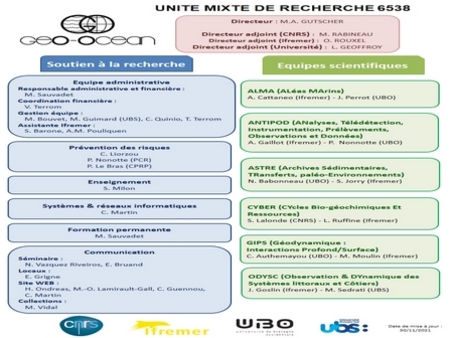European production
With a production of 3.5 billion tonnes per year (2008), the European aggregate industry (granular materials used in the building sector and public works) of terrestrial or marine origin, is the most representative part of the non-energy extractive industry in the European Union.
This sector includes more than 23,000 extraction sites throughout Europe and the direct value of this production amounts to between 20 and 25 billion Euros (UEPG Report 2009-2010). The average consumption of aggregates in the European Union is 7 tonnes per year per capita (UEPG Report, 2007) [UEPG = Union Européenne des Producteurs de Granulats].
Although marginal with regard to the quantities extracted on land on a European scale, marine aggregate exploitation (siliceous materials used in the construction sector), remains relatively stable over time.
Marine materials are used mainly in the construction sector but also for beach nourishment, coastal protection and land reclamation.
In some countries (Denmark, Belgium, the Netherlands and Finland) large quantities may be required for local and/or specific projects (port extensions, construction of artificial islands, etc.), e.g. the extension of the port of Rotterdam (Netherlands) will require approximately 300 million m3 over a period of 3 years, to increase its surface area by gaining land on the sea.
The quantities produced, but also the uses (construction, agronomy, beach nourishment and reclamation) are therefore relatively disparate from one country to another.
Most of the extraction takes place in the North Sea, but also in the Baltic Sea, the English Channel, the Iroise Sea and the North Atlantic. More than 95% of the material extracted is sand and gravel, with only France currently extracting maerl, which was due stop in 2013.
The Netherlands, the UK and France are the main producers of marine aggregates:
France and the UK mainly use them for the construction and public works (BTP) sector, while the Netherlands mainly uses its production for beach nourishment and reclamation. The UK exports about 1/4 of the marine materials it extracts. To a much lesser extent, the Netherlands, Belgium and Denmark are also exporters.
The regulatory procedures governing licence granting for marine aggregate extraction are specific to each country.
Thus the duration of the procedure can vary greatly:
- from 14 weeks in the Netherlands (for extractions of less than 5 km² and for volumes of less than 10 Mm3 ),
- 35 weeks for Belgium,
- 38 months for the United Kingdom
- and about 5 years for France.
All European countries take account of the potential environmental impact of extraction projects by implementing environmental impact studies conducted by:
- Government structures, which then define areas suitable for extraction (Belgium),
- Independent engineering firms (UK),
- Independent engineering offices commissioned by the extraction company (France).
Several countries (France, United Kingdom, Netherlands, Belgium) have introduced a fee based on the volume extracted and the nature of the sediment removed.
The development of means of monitoring the activity of extraction vessels (black boxes fitted to all Belgian and Dutch fleets, as well as certain French vessels), as well as inspections carried out at sea or in ports, make it possible to check compliance with the agreed perimeter and to verify declarations on the quantities of material dredged.
Lastly, Belgium, through the MUMM (Management Unit of the North Sea Mathematical Models), uses information provided by the black boxes to estimate the volumes potentially extracted and to check their concordance with the quantities declared by extractors, but also for impact measurements by providing maps of extraction intensity by sector based on the density of dredge passage in a specific area over a determined period of time (Remigereau, 2008)





